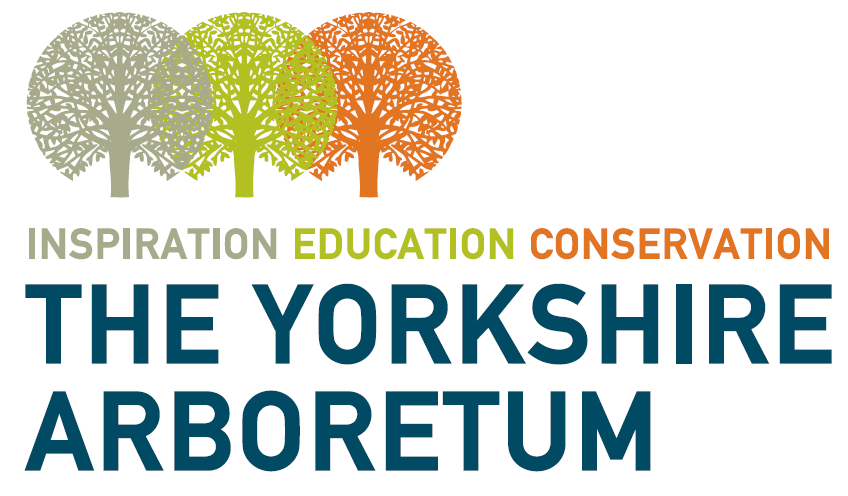Why
Tree identification often seems difficult and challenging, and can be an obstacle to fully appreciating these wonderful plants that are so important to our lives. Being able to identify them opens many doors to understanding the natural world and the wealth of cultural and biological stories each species can tell. Advocacy for trees begins with naming!
Aim
Are you interested in our native trees but feel you don’t know much about them, or how to tell them apart? In this day course John Grimshaw will introduce you to them using the collection at the Yorkshire Arboretum, teaching you about the various features to look for and some simple ways to remember them. The focus will be on species most often seen in northern England, using summer foliage characters to tell them apart.
Content
Discuss the principles of identification, and the need for names
Learn about the diversity of British native and frequently planted or naturalised broad-leaved trees
Learn some simple characters to look for, and examine a range of specimens in the classroom to become familiar with important features
Observe growing trees in the arboretum to see how details relate to the whole individual
Undertake an identification challenge in a patch of native trees
Outcomes
By the end of the workshop, you will be able to:
Confidently recognise a range of our common native trees
Find your way around a guidebook to trees
Understand and apply principles of identification to woodland trees
Share why it’s useful to be able to distinguish between trees
Interpret your local treescape and connect to individual trees
Useful accessories: Collins Tree Guide (Owen Johnson, 2006), 10× hand lens


